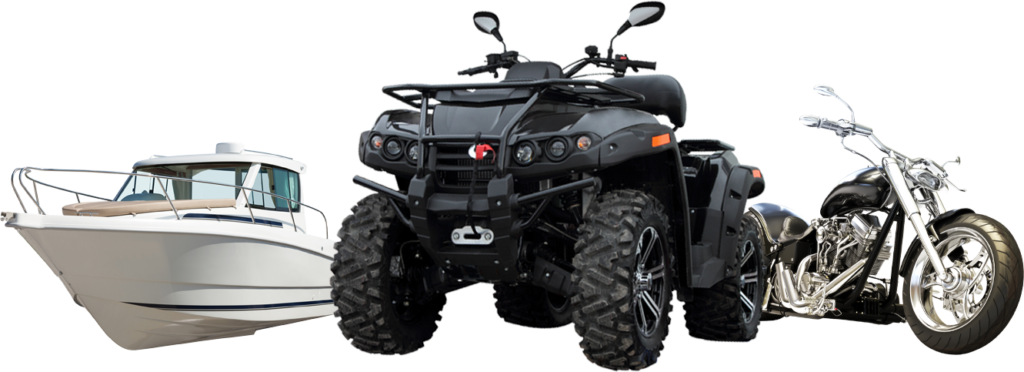Motorcycle Insurance
What Is It?
Auto insurance does not cover a motorcycle. So if you have both, then you need a separate policy known as motorcycle insurance. The least amount of coverage you can get is liability. But your state might have additional requirements for coverage. For instance, some areas require bodily injury coverage or uninsured motorist coverage.

How Does It Work?
You don’t have to purchase more insurance than the state minimum. But you may want to consider having more comprehensive coverage. The insurance pays out on your liability policy, but other parties involved in the accident could possibly sue you for other reasons. The extra insurance coverage can act as a safeguard against such lawsuits.
It’s important to read the fine print when signing up for full motorcycle insurance coverage. You should know the deductibles and addendums so you’ll never be guessing what’s covered. You will avoid paying thousands of dollars out of pocket because you thought you had adequate coverage. Insurance available for motorcycle coverage includes liability, collision, and comprehensive and uninsured/underinsured motorist insurance.
Types Of Coverage
Liability is for when you’re at fault in an accident. The damage you cause to the property of other people and injuries resulting from the accident are covered under this policy. Collision pays for damage to your motorcycle, no matter who caused the accident. Comprehensive also pays for damage, but the damage can be from anything and not necessarily an accident. Because of that, theft, vandalism, and natural disasters are covered by comprehensive insurance.
Perhaps the most important coverage is uninsured/underinsured coverage. This coverage will pay for damages to your bike and your injuries if the other driver is uninsured. This coverage helps pay expenses that would otherwise be covered by the other driver’s policy. You would also need this type of coverage if the other person had insurance but not enough.


